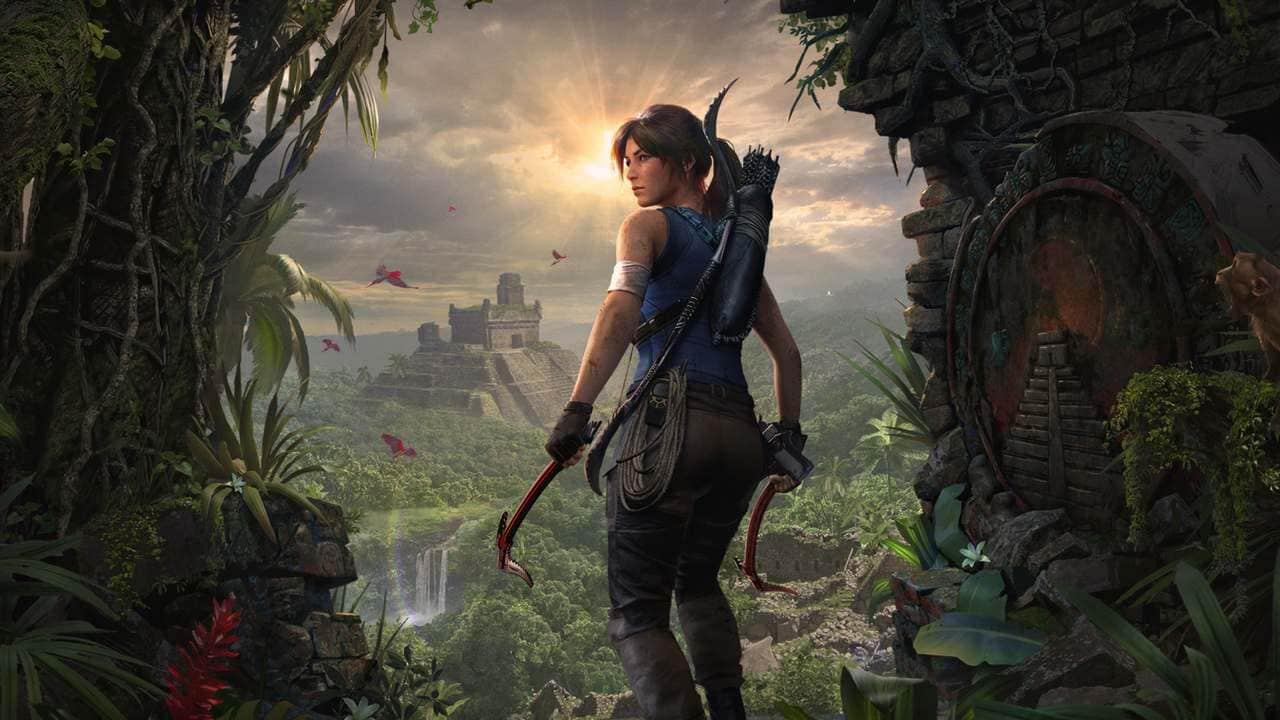
They are made even sweeter because they will always occur when you start a stage. Legendary gives a 50% chance, 5 times more than the common amulets. Dealing with Von CroyĪt common rarity, they only give a 10% chance for their abilities to happen-1 out of 10 coin flips. Now that we’ve picked our skills, what else do we have to deal with?. Quitting and restarting a run isn’t exactly an option in Tomb Raider Reloaded, as it will not refund you any of the tickets you use. If you just can’t get the skills that you need, simply try to pick the best ones out of the worst. If you can’t get any other skill, try to reshuffle your choices. Pick them if you are that confident enough. They will take up your choices and will be there until the end of the chapter run. You’d have to be a master at dodging to use these two skills.Īgain, I repeat, do not pick these skills if you are entirely unfamiliar with the game. You hit as hard as they hit you, but a single hit means the game is over. If you are at 1% HP, you get a 99% damage boost and a 39.6 attack speed boost. Rage and Frenzy both give attack speed and damage boosts for every 1% of HP lost. These are not the skills you’d want to pick if you are not familiar with the game. Another hidden basis not discussed before is beginner-friendly skills. These skills are placed down under not because they are bad, but for the reason that they bring a new kind of challenge when playing the game. And the only ones out of the tiers to have a caption, no less. One is entirely useful when you are decked out with skills the other requires enemies to be clumped up to be entirely effective. The former allows you a 25% (or 12.5% if it’s a minor type) chance to hit critical shots, and the latter turns dead enemies into a spread-shotting projectile. And that is already without any skills like Trick Shot or Rebound.Ĭritical Chance and Detonation are special mentions than they are priorities. But skills like Rapid-Fire and Spread Shot repeat the same bullets and fire 2 more bullets per upgrade, respectively. If you have both boosts applied to 1 second, that means you get 40% more damage in that interval. The maximum the game gives you is around 20% for both boosts. A perfect example of why this is the case is because of mental exercise. Being able to freeze, stun, burn, or poison opponents naturally with your weapon is a better option than adding anything else to your arsenal.īoosting your damage and attack speed isn’t the best, but they are hardly the worst. Shots aren’t Priority 1 skills, but they complement skills that are a tier higher than them. They allow you more damage against anything near you, as well as giving breathing room if you have picked the lightning or ice variants. They are good picks otherwise when the ones above do not appear in the choices.Īs the game hounds you with multiple enemies coming at you, mines and rings are great countermeasures to fight back anything while stutter-stepping. These skills, while beneficial, aren’t the best when it comes to previous strategies.

How exactly do we deal with that? Attack Priority Gameplay like this only arises when the entire stage is flooded with monsters. With all the above, that does not mean that stutter stepping is the only solution. Weapons like the submachine gun are completely unviable for such a tactic despite their ability to fire in two directions. Lastly, weapons that fire faster do not benefit from this technique, as moving for a small period of time means wasted opportunities to deal damage. The hitboxes in the game are wonky, and you may have to be quick on the fly to adjust to sudden changes in attacks. Adding these two things makes stutter stepping, at times, a considerable investment.Īdditionally, take note that the demonstration above requires precise timing and understanding of the game. Not only that, you have to react to whatever is around you. Stutter stepping requires the player to move and stop at the exact moment in order to fire after the cooldown of the weapon.


The GIF example above demonstrates the tactic. This way, the player can deal damage without staying still for a longer time, allowing one to approach and disengage at a moment’s notice. Stutter stepping is a technique where you move Lara in small intervals for her to attack and move at the same time without sacrificing any time when she doesn’t shoot anything.

As seen in the same image above, this is the tactic that you will employ in your gameplay. As the following chapters give more enemies that deal greater damage, the ability to move and attack becomes paramount to success. Getting hit is not an option in Tomb Raider Reloaded, nor is staying still.


 0 kommentar(er)
0 kommentar(er)
